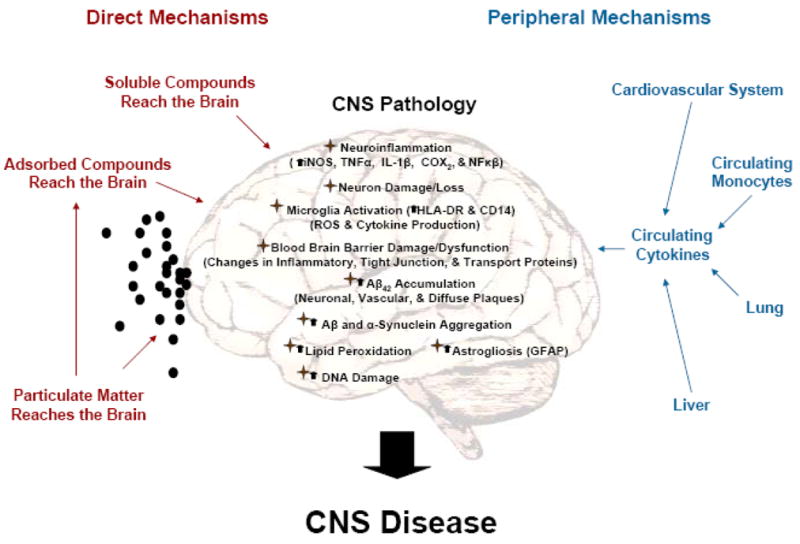Figure 1. Air pollution impacts the brain through multiple pathways.

Air pollution is a complex toxin causing diverse CNS pathology through several interrelated mechanisms that may lead to CNS disease. These effects can be categorized into four major groups: 1) Systemic inflammation; 2) Particulate matter; 3) Adsorbed compounds; 4) Ozone. While some CNS effects have been attributed to specific components of air pollution, a single clear pathway responsible for CNS damage has yet to be identified. In fact, due to the complex nature of this environmental toxin it is very likely that CNS pathology is due to the synergistic interaction of the multiple pathways listed here, making air pollution a potent, biologically relevant environmental exposure and a significant challenge for mechanistic inquiry. Black dots depict particulate matter.
